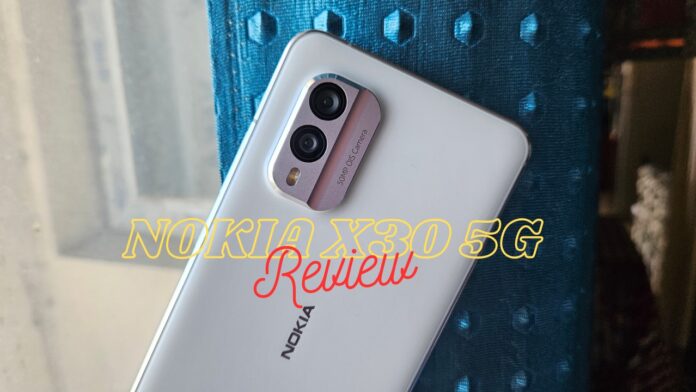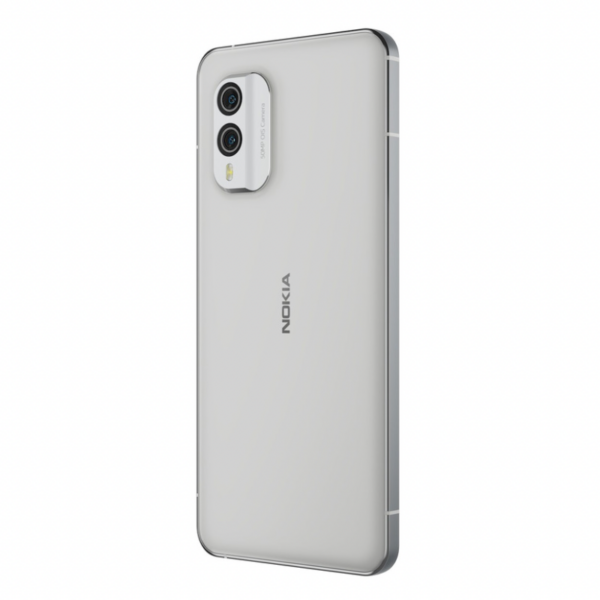Nokia hasn’t been playing much outside of its safe space which is the budget and mid-range. However, Nokia is now looking to head outside its comfort zone with a new device called Nokia X30 5G which competes with some of the flagships out there, including Google Pixel 7, iQOO 9T 5G, OnePlus 11R 5G, and more, thanks to its price tag of Rs 49,999.
With just a glance at the specs of the device, it looks more of a mid-ranger that is way more overpriced than anything we have ever seen but as we don’t want to judge the device before using it, let’s review the Nokia X30 5G and see whether the device can turn things in its favor.
Nokia X30 5G: Build Quality
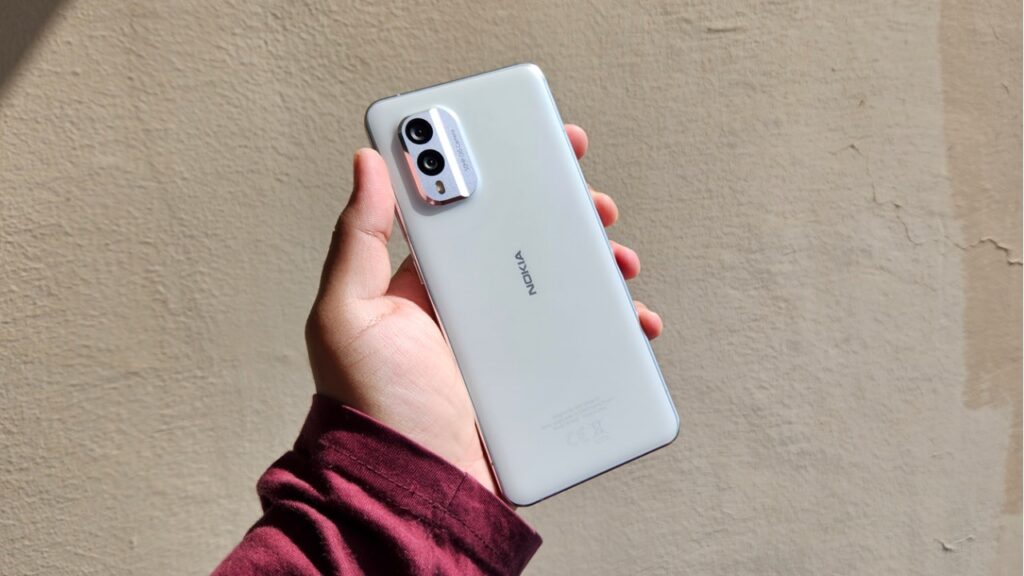
Whichever Nokia devices we have used in the recent past, were entirely made of plastic and this time around, Nokia has opted for premium materials, including an aluminium frame which the company claims is 100% recycled, so that’s something impressive. The device is also IP67 rated for water and dust resistance.
Nokia is confident about the structure of the X30 5G as it claims the device is ‘eco-friendly to its core’. The back panel is made of 65% recycled plastic with a camera array at the top left that is made of aluminium, the same as the frame.
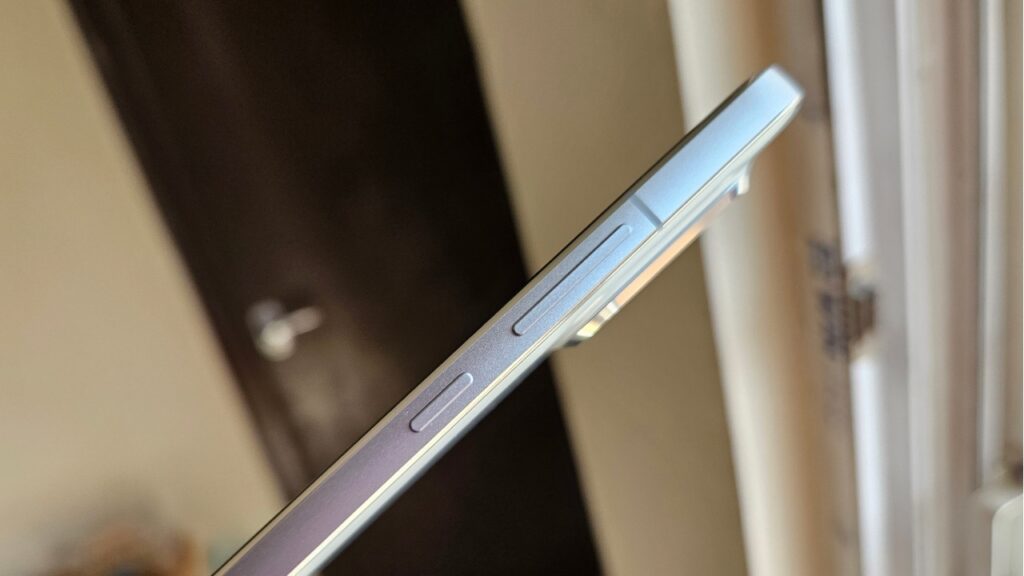
Overall, I feel the design is distinguishable from the competition and this blend of aluminium and plastic seems to be working. The plastic on the back has a soft touch feeling while the flat sides made with aluminium give off a really premium vibe in hand. The white colour we got is a dull one naturally, giving it an off-white look in certain lighting but it doesn’t look bad by any means.
There are two mics up top and one mic at the bottom. The bottom one is accompanied by a speaker, SIM Tray and a USB-C port. However, this is where things start to go a little sideways as you are getting a mono speaker setup and not a stereo one which has become a standard on most flagships nowadays. This single speaker also sounds average as the only thing good about it is its loudness.
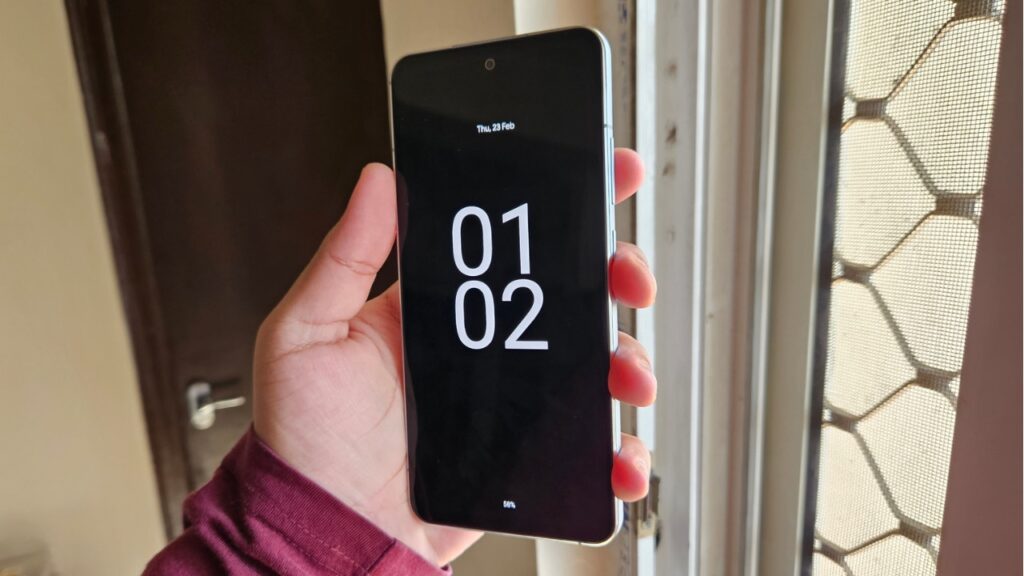
During my review of the Nokia X30 5G, I felt the Haptics are not the rattly ones which is good, but they aren’t strong either. The device has smooth vibration which feels premium when in hand but that’s about it, as it cannot notify you of calls or messages when the phone is in your pocket or even when it’s lying right next to you. Yes, the haptics is that much weaker.
Read More: iQOO 9T Review: The ’T’ stands for top-notch
Nokia X30 5G: Display
The Nokia X30 5G has a 6.43-inch AMOLED Display with a Full HD+ (1,080×2,400 pixels) resolution, 90Hz refresh rate, up to 700 nits peak brightness, 20:9 aspect ratio and Corning Gorilla Glass Victus protection.
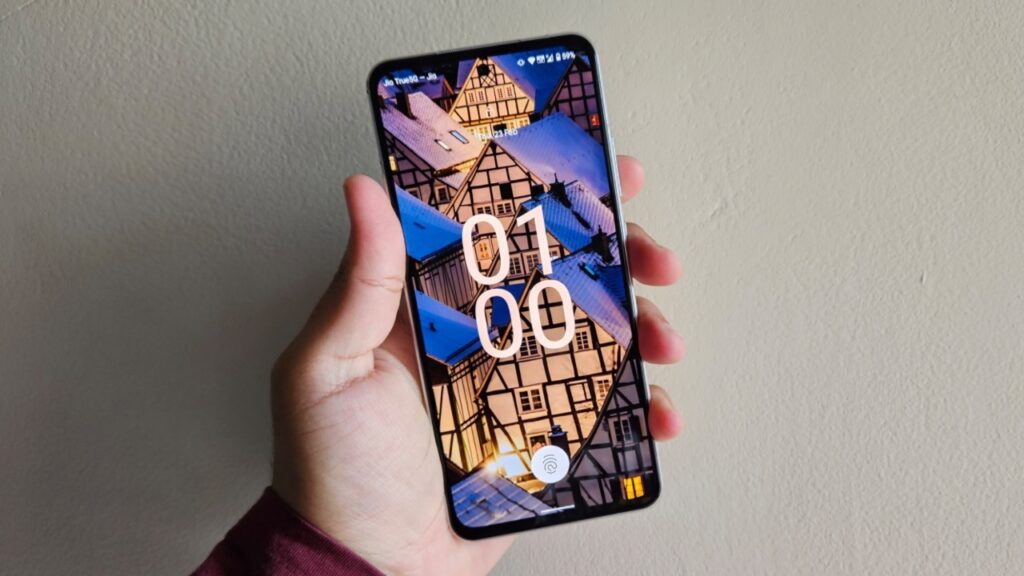
The panel on this Nokia smartphone is gorgeous to look at. While the bezels aren’t uniform, they don’t look odd either. During the course of my review of the Nokia X30 5G, I felt the panel gets bright enough outdoors and outputs punchy and accurate colours. While 90Hz refresh rate isn’t the best at this price, we can still consider it as some of the competition is also offering the same, such as the Google Pixel 7.
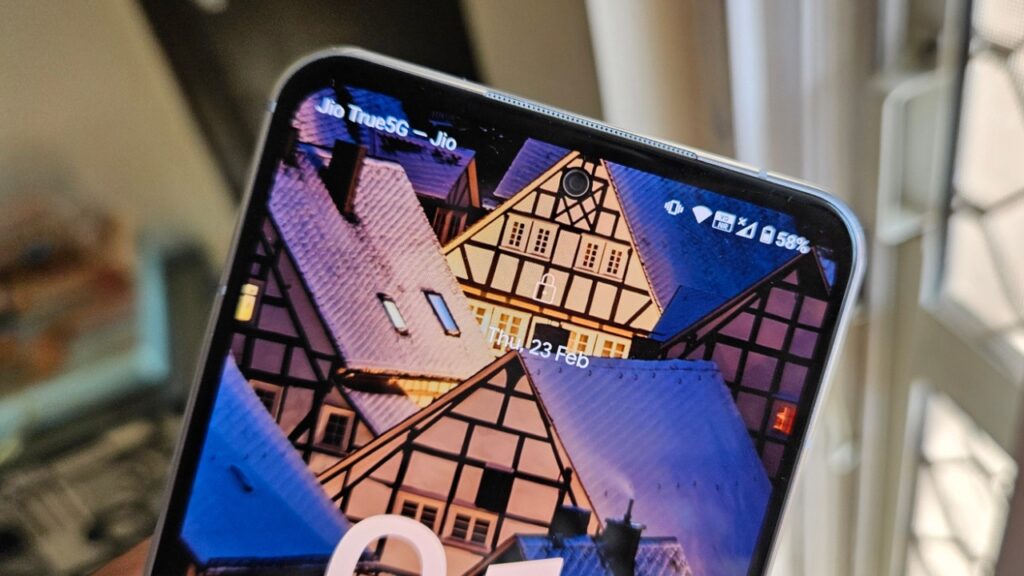
The optical in-display fingerprint sensor works fine but is slightly slow for my liking. It takes its own sweet second to unlock and I have definitely seen faster fingerprint Sensors than this one. Fortunately, there’s face unlock support as well, whose performance remained optimum.
Nokia X30 5G: Software & Performance
Nokia X30 5G draws power from a Qualcomm Snapdragon 695 5G SoC, coupled with up to 8GB of RAM and up to 256GB of onboard UFS 3.0 storage. It runs on Android 12 out of the box.
This is where the Nokia X30 5G starts going downhill. Equipping the device with a Chipset that is generally offered in devices costing less than half of what X30 5G costs, is straight-up disappointing.
Not that the Processor is bad, but at this price, the user deserves much better, especially when the competitors are offering chipsets such as the Snapdragon 8+ Gen 1 and Tensor. These chips are far more powerful than the Snapdragon 695 but we don’t know why Nokia chose to go for this one.
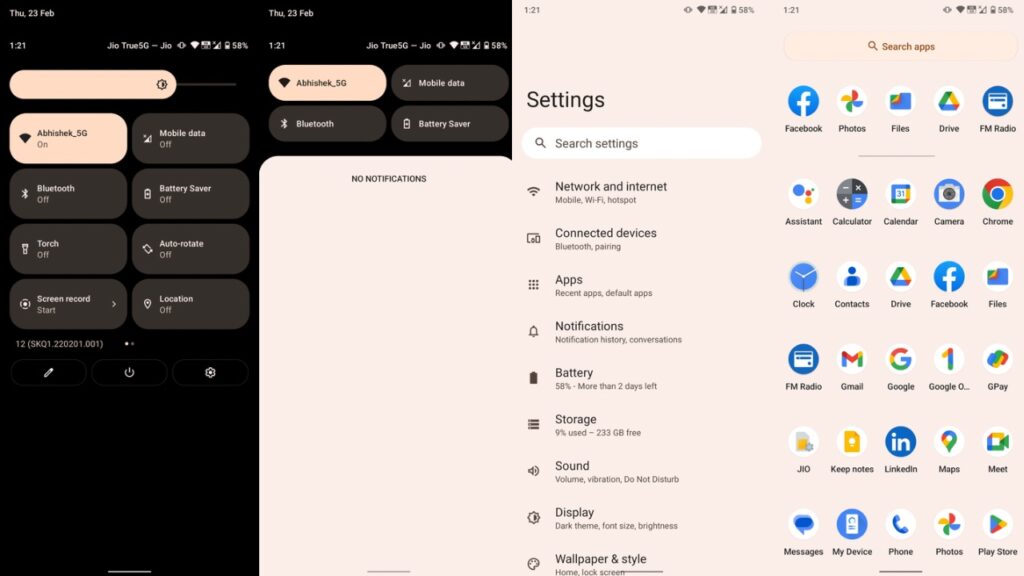
Coming to X30 5G’s performance, the device can handle basic tasks with ease such as chatting, browsing, etc. However, when you start pushing it to its limits, the device gets warm and sometimes lags.
Even though it’s running stock Android, the performance isn’t smooth and up to the mark. While the refresh rate was set to 90Hz, it kept on dropping to 60 whenever I was opening or closing apps which gave a feeling as if the device was lagging. I could hardly notice the 90Hz refresh rate across system animations.
Moreover, in the times of Android 13, Nokia is offering Android 12 out of the box, which is unacceptable. Though the company is offering 3 major OS upgrades and 3 years of monthly security patches and it was able to deliver on the latter when we got the February patch as an OTA as soon as we booted the device for the first time. There’s not a lot of bloatware and even the ones that are present, such as the ExpressVPN app, can all be uninstalled.
Further, if you are expecting to game heavily on this device, don’t. It cannot run Call of Duty Mobile smoothly on the highest of graphics. Lower-end games such as RL Sideswipe work well. Again, the competitors can easily let you play whatever games you want on their devices without any issues, thanks to much more powerful chipsets. In addition, connectivity performance remained optimum with 5G, 5G VoNR, and Wi-Fi 5.
Nokia X30 5G: Battery Life
The Nokia X30 5G packs a 4200mAh battery with 33W Fast charging support. While this isn’t as big a battery as competitors have and charging speeds aren’t that much fast either, the backup I got was decent enough. The device can easily last you a day with moderate to light usage, thanks to an efficient low-power-consuming chip and a 90Hz display.
The screen on time can go upwards of 5 hours such as in my case where I was mostly on Wi-Fi and browsed through social media, chatted for a while, and watched some videos. If we talk about charging speeds, the device can easily take close to 1 hour to charge from 0 to 100 which is respectable. What’s not respectable though, is the fact that you do not get a charger in the box, which most of the OEMs are offering at this price point, including Vivo, OnePlus, iQOO and more.
Nokia X30 5G: Cameras
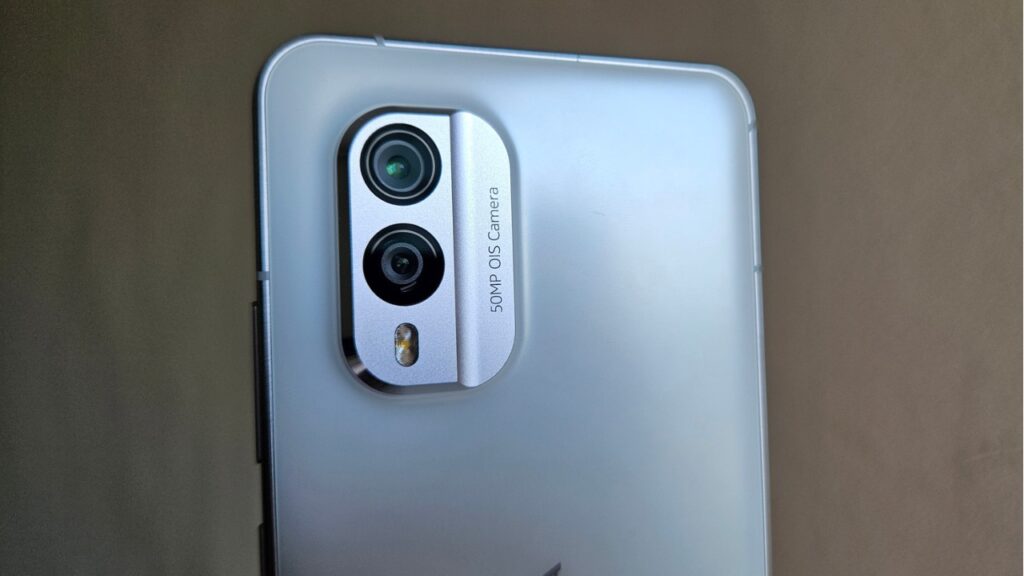
The Nokia X30 5G gets dual cameras, featuring a 50-megapixel f/1.8 PureView primary sensor with Auto Focus, OIS and a 13MP ultra-wide angle f/2.4 sensor. For the front, there is a 16-megapixel f/2.4 selfie camera sensor with Fixed Focus.
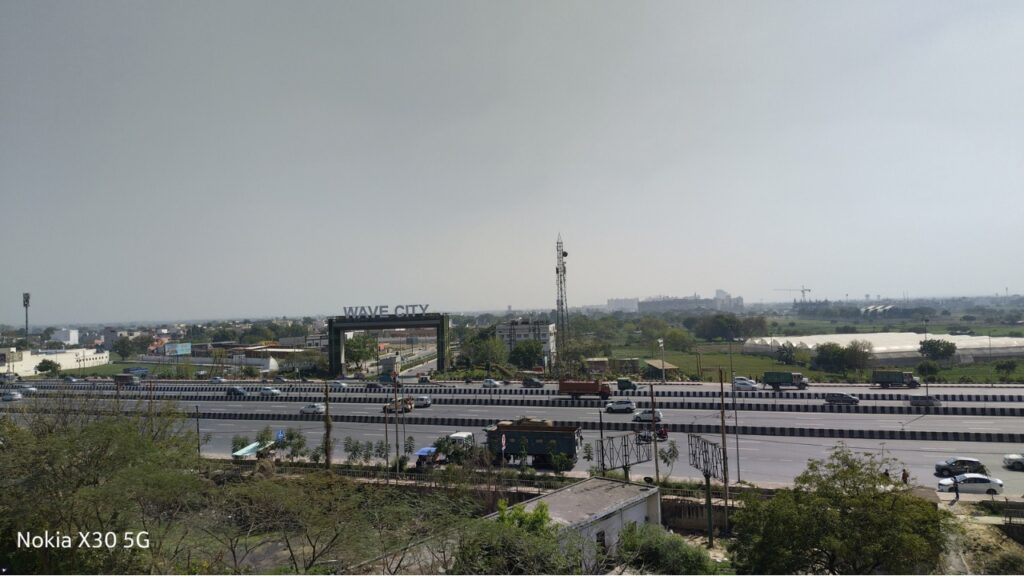
To be honest, the Nokia X30 5G outperformed my expectations when it came to cameras. The X30 5G from Nokia, during my review, took impressive shots outside in bright sunlight with enough detailing and vivid colours. There’s sharpness in the photo and the dynamic range is good too.

When it comes to Wide-Angle photos, again, the device doesn’t disappoint in terms of detailing and sharpness but there’s a considerable amount of colour shift if we compare it to the primary sensor photos. For instance, the main sensor captured the colour of the sky accurately but the wide angle overprocessed the shot and made it blue.
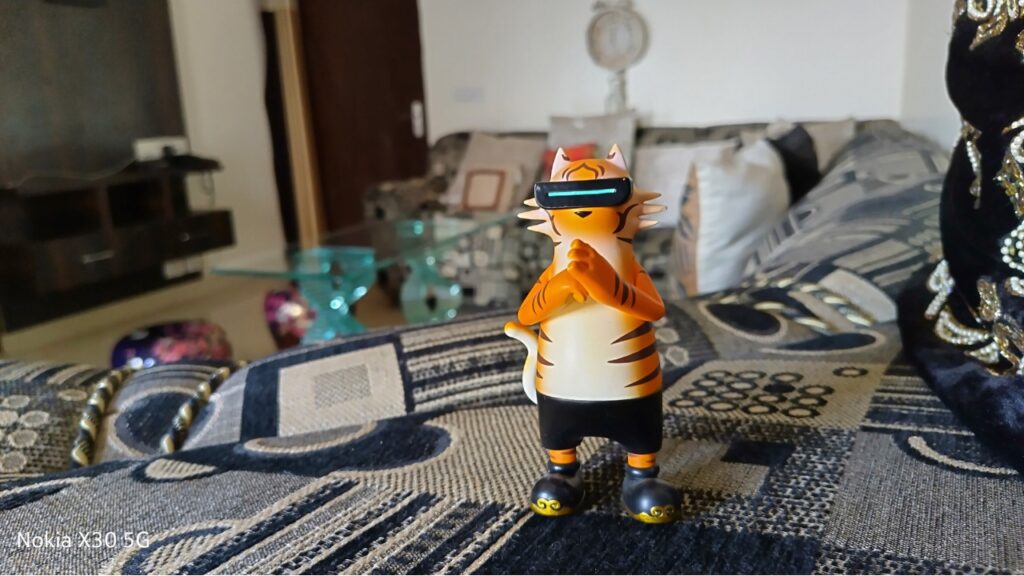
When indoors and under artificial lighting, the sensor once again clicks accurate photos with adequate detailing and sharpness, but the post-processing ruins the colours for me. It makes them too vivid for my liking and while this may work with some shots, it doesn’t with most of them and also plays with dynamic range in a negative manner. In fact, if you tap the photo right after you capture it, you can notice how the device over-processes the shot. The photo that you can notice before post-processing looks much better,
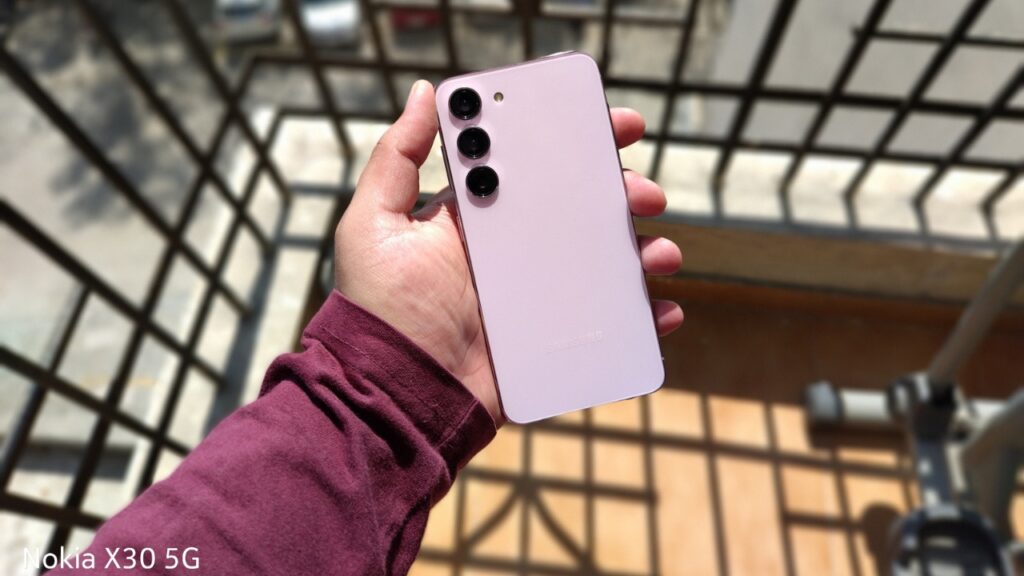
Portrait shots come out to be beautiful with accurate EDGE detection and excellent bokeh effect. The colours can sometimes be inconsistent, but it cannot go wrong when it comes to sharpness of the photo.
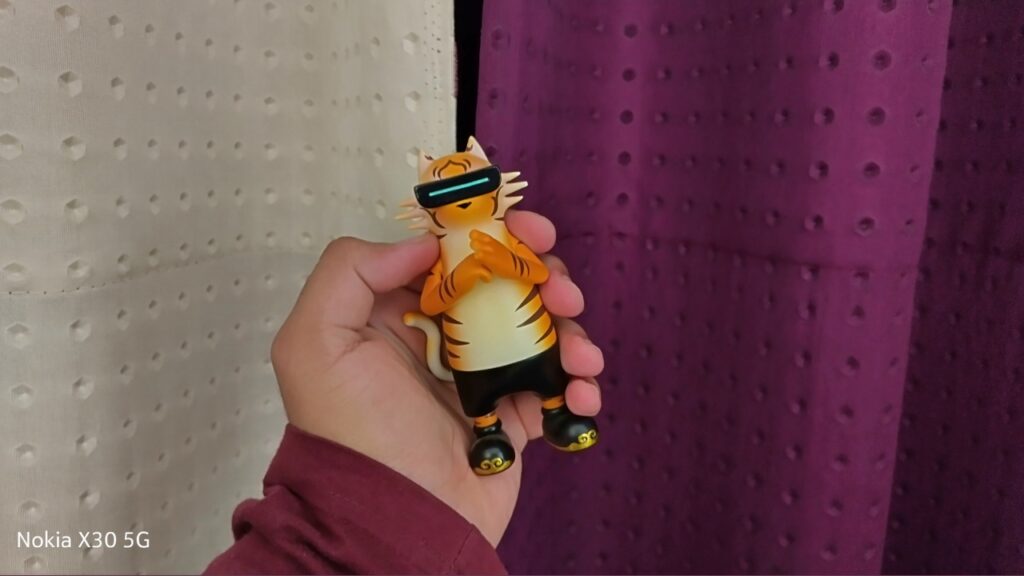
Under low lighting, the device struggles to click a shot with detailing. The photo becomes too soft, with details and sharpness going for a toss. Once again, the colours are over-processed and exposure is also not handled very well.

Selfies from the front sensor are decent but not the best. The photos look over-sharpened in some cases but the skin tones are okay. In portraits, while the colours are good, the edge detection isn’t the best if we talk of selfies.
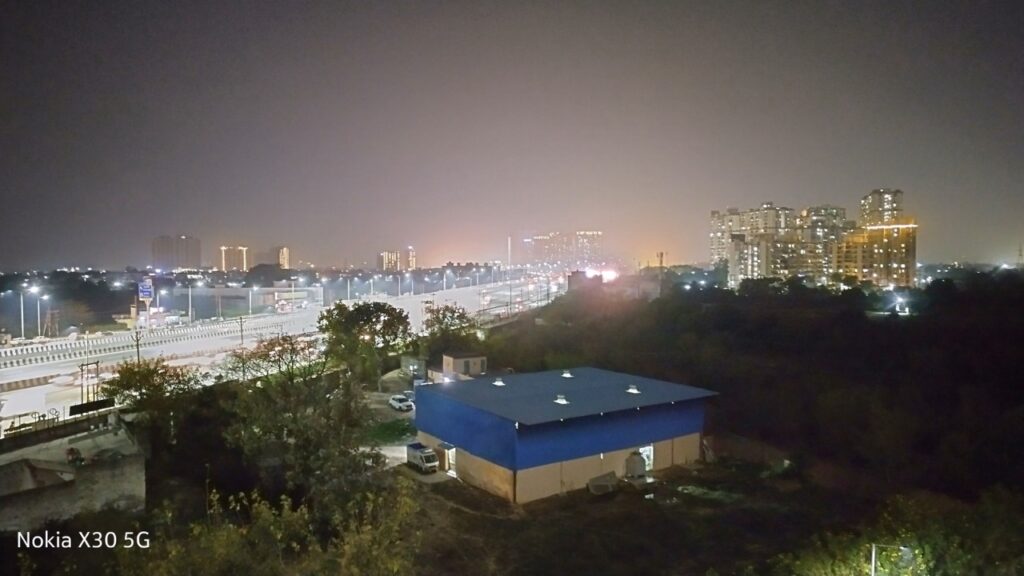
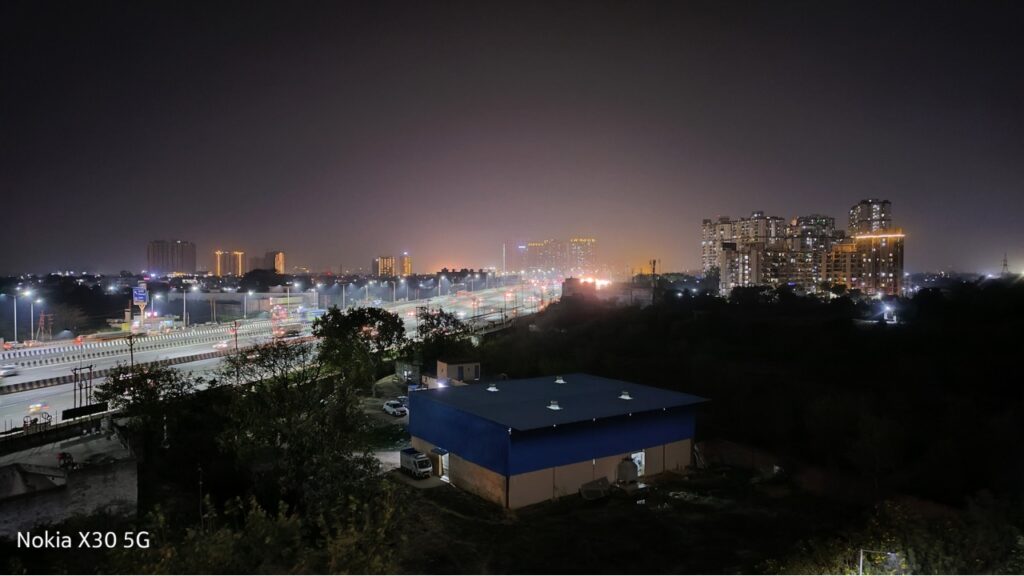
The Night shots are average and over exposed. They are noisy, lack detail and sharpness as well. However, what Nokia calls Night mode 2.0 does its magic. Nokia defines it as an “advanced night mode to capture a clean, natural, and balanced night view with breathtaking details”. We think this is an apt definition because it does what it says. It clicks some of the best night shots I have ever seen, which have adequate details, great colours and more than enough sharpness.


